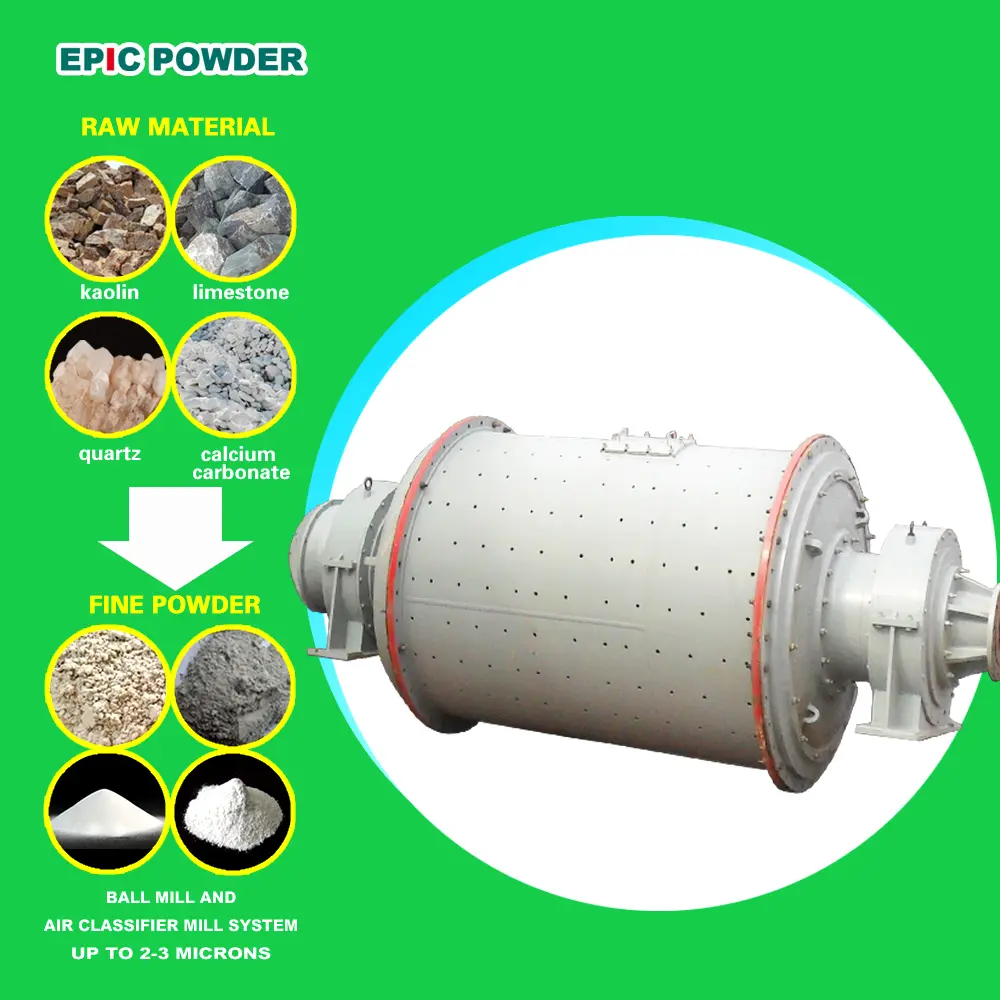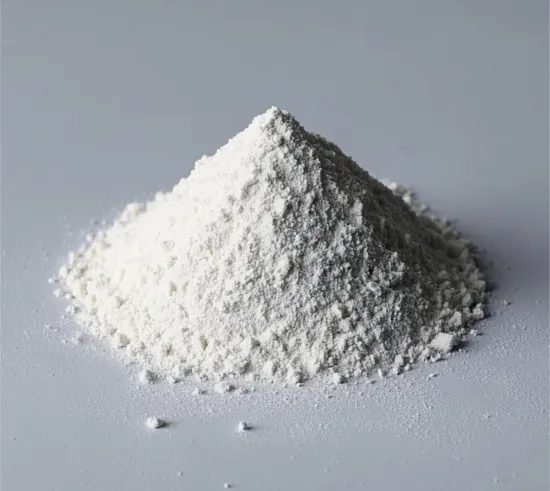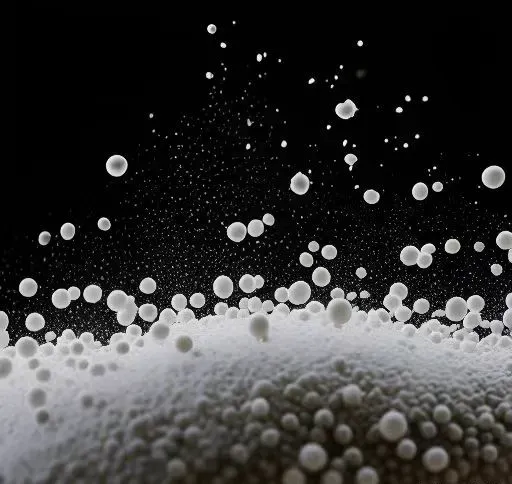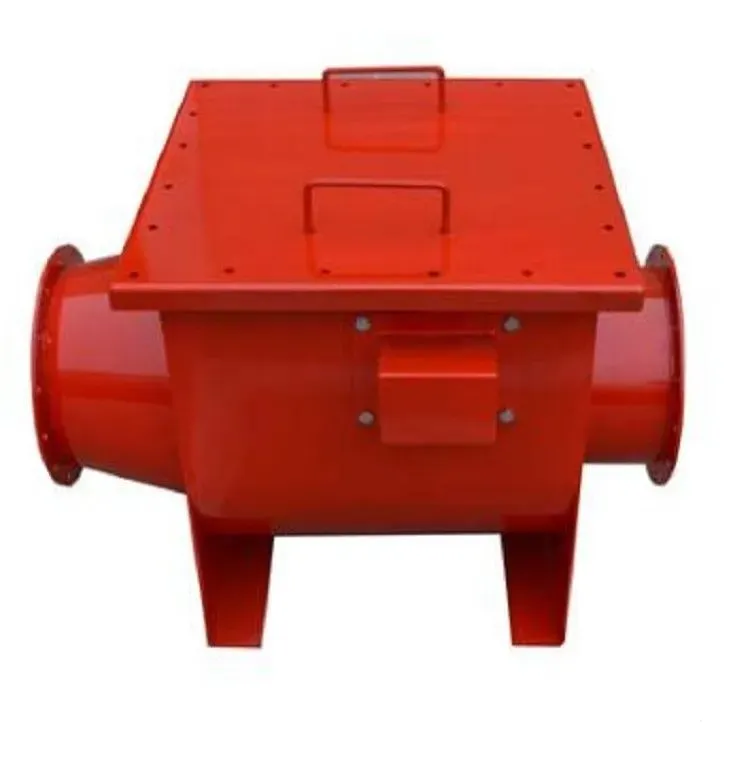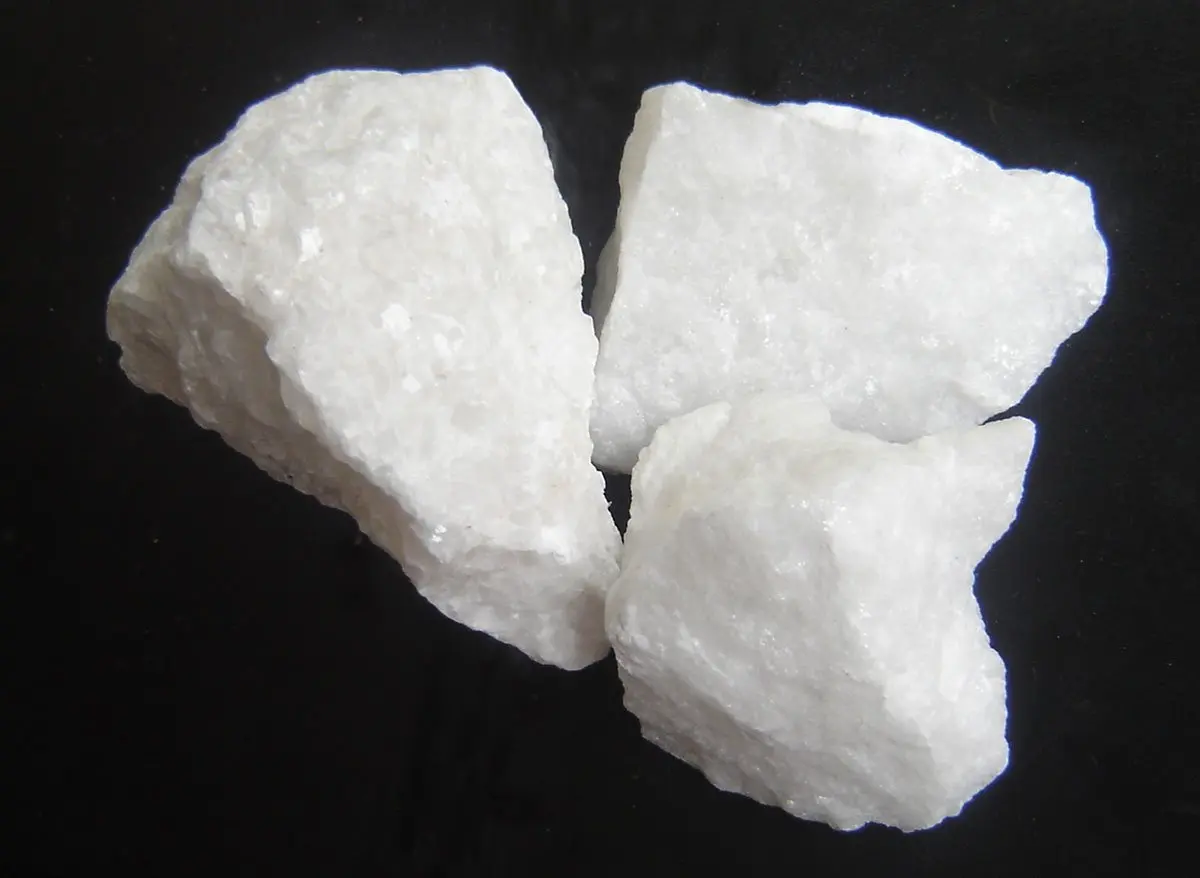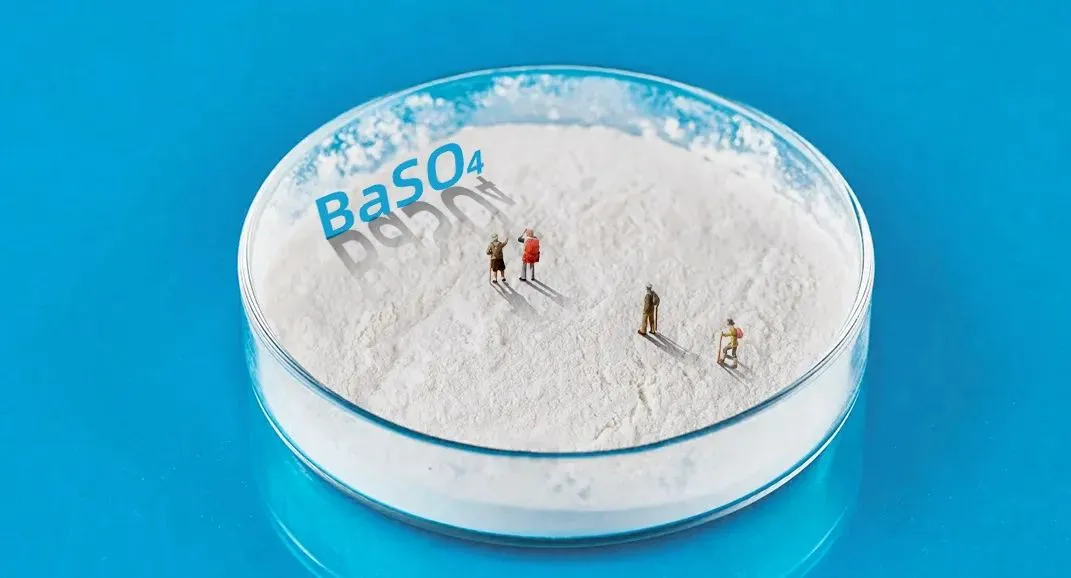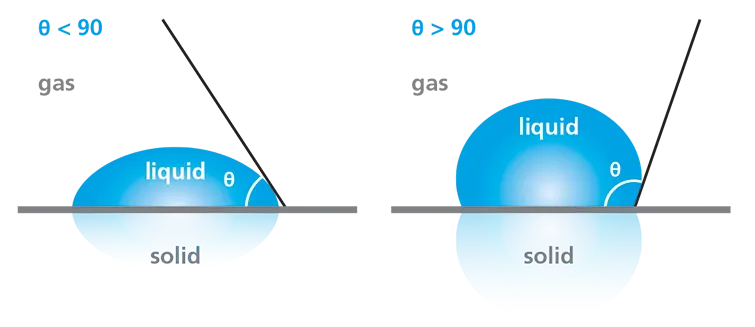As we all know, calcium hydroxide has been widely used in production and life. Nowadays, with the continuous enhancement of people’s environmental awareness, whether in industrial production or in life, everyone pays more attention to environmental protection. So, what are the uses of it in environmental protection? This article will explain in detail the common roles of calcium hydroxide in environmental protection.
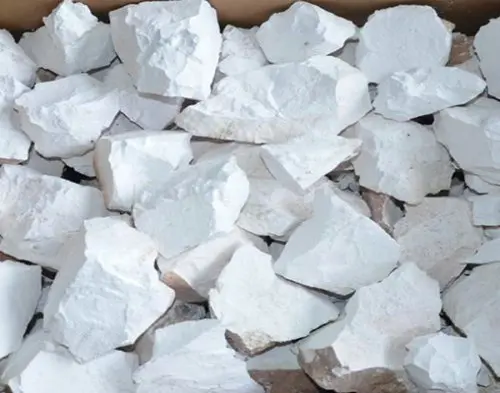
I. The Role of Calcium Hydroxide in Wastewater Treatment
1. Environmentally Friendly Neutralizer
The corrosiveness and alkalinity of calcium hydroxide solution are less than those of sodium hydroxide. However, its aqueous solution is alkaline, which can neutralize acidic wastewater well. It can also precipitate metal ions while adjusting the pH.
2. Capture Agent
The hydroxide in the calcium hydroxide aqueous solution can capture metal ions in the wastewater effectively. It generates a precipitate that is insoluble in water, and then a flocculant is added to precipitate and remove it.
3. Removal of Fluoride Ions
Fluoride ions and many metal ions produce soluble substances, which means that aluminum flocculants (such as polyaluminum chloride and industrial aluminum sulfate) and iron flocculants (such as polyferric chloride, polyferric sulfate, and ferrous tellurite) are ineffective. Only when calcium ions and fluoride ions combine can an insoluble precipitate be formed. Once a precipitate is generated, a flocculant can be added to separate the precipitate (calcium fluoride) from the water. This applies to the treatment of some chemical fluoride-containing wastewater and wastewater from glass product factories.
4. Increase Weight
The flocs generated by adding aluminum or iron flocculants to wastewater from many industries are small and scattered. They are difficult to sink in the sedimentation tank. At this point, calcium hydroxide is added to increase the specific gravity of the flocs and accelerate their sinking. This is useful for wastewater from industries such as automobile factories and paint factories.
5. Chemical Conditioning
The special floc structure and high hydrophilicity of residual activated sludge in some industries make it difficult to remove the water it contains. Using calcium hydroxide as a chemical conditioning agent can change its characteristics, enhance sludge dehydration, sterilize, and promote the hydrolysis of organic matter. This reduces operational difficulty. (It changes the surface charge or three-dimensional structure of the colloid in the suspended solution, overcomes particle repulsion, and uses external forces such as stirring to promote particle collision, achieving destabilization. The surface area of the colloid is greatly reduced, and the water distribution on the surface and inside is changed. This reduces water adsorption, allowing the sludge to form a filter cake with large particles, many pores, and a strong structure, thereby improving dehydration.) This applies to wastewater from petrochemical industries and starch factories.
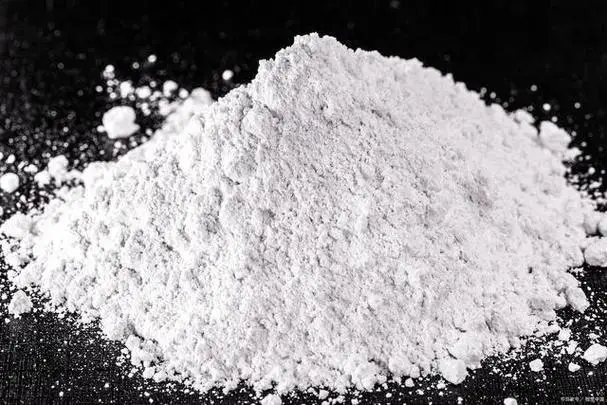
II. Specific Application of Calcium Hydroxide in Flue Gas Desulfurization
Flue gas from coal-fired power generation, cogeneration, central heating, steel smelting, waste incineration, waste power generation, sintering machines, pelletizing kilns, coking furnaces, glass kilns, and other sources contains significant amounts of sulfur dioxide, sulfur trioxide, and small quantities of acidic pollutants such as fluoride ions and chloride ions. If these gases are directly released into the air, they can affect breathing, irritate the eyes, and damage the skin. Under certain conditions, they may also cause acid rain. To protect public health, it is urgent to implement effective air pollution control measures.
Currently, calcium hydroxide has become the preferred treatment agent for acidic and harmful gas pollutants worldwide. Compared with other alkaline hydroxides, it is more stable, cost-effective, and has lower subsequent treatment costs. Calcium hydroxide products for environmental protection in advanced countries like Germany and Japan account for more than 15% of total calcium hydroxide production. In recent years, calcium hydroxide use for air pollution control in China has shown rapid growth.
III. Application of Calcium Hydroxide in the Metallurgical Industry
In the metallurgical industry, to coat metal surfaces, impurities (including metal oxides) on the metal plates must first be removed using dilute sulfuric acid. The wastewater generated during the production process must be neutralized with calcium hydroxide.

